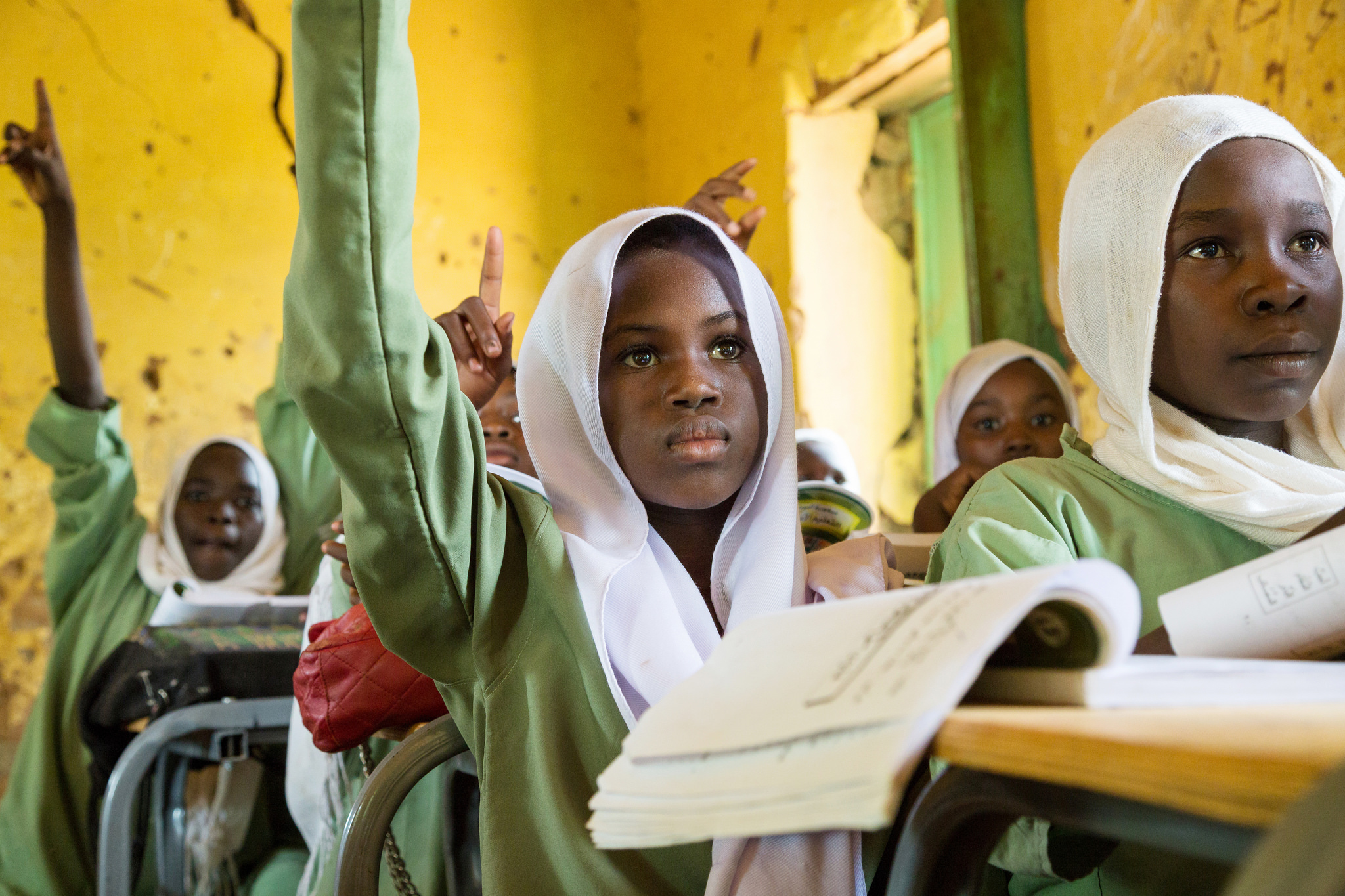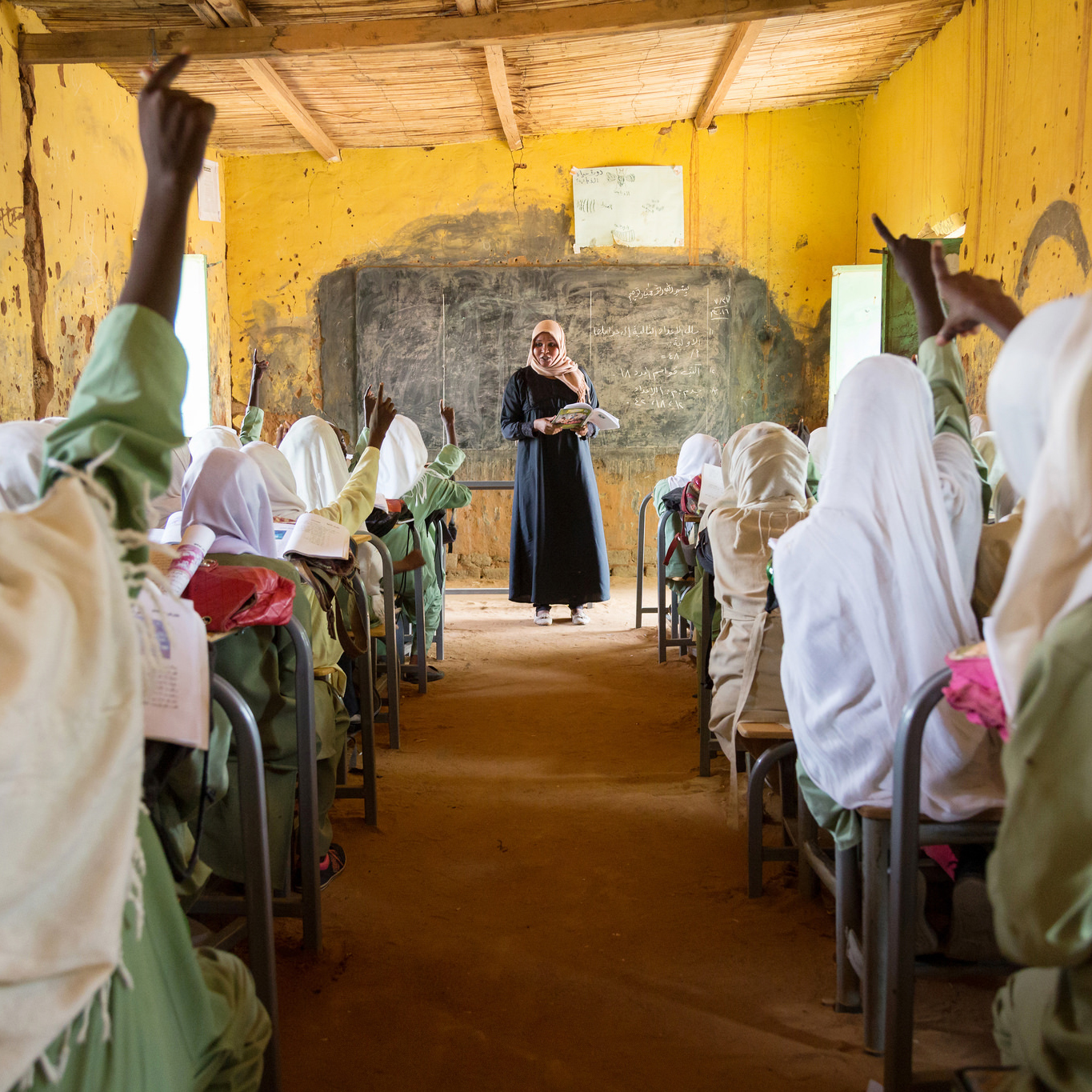Why is an organization known for advocacy around maternal and reproductive health talking about education? Because like so many other issues, the topics are intricately linked. There is profound evidence that better educated women give birth to and raise healthier children, who in turn will go to school. Ensuring that all girls and women have access to education is not just their right – it is the linchpin to healthier, more equitable, prosperous societies, and to breaking the intergenerational cycle of poverty.
According to a new report by UNESCO – the Global Education Monitoring Report: Gender Report – achieving gender equality in education will require a major transformation in approach. This is especially the case when it comes to secondary education where girls continue to lag behind. In Africa and South Asia for example, boys are more than 1.5 times more likely to complete secondary education than girls. If current trends persist, it is estimated that only 25% of girls will complete upper secondary education by 2030.
It is to everyone’s benefit to have adolescent girls complete secondary school. Particularly in developing countries, secondary education for girls provides substantially higher returns than primary schooling.
Many of the reasons girls do not attend or drop out of secondary school are related to their sexual and reproductive health and rights and thus, solutions must address these issues. The absence of menstrual hygiene management supplies and lack of safe and appropriate bathroom facilities in schools, leads girls to miss a substantial amount of schooling, which can ultimately lead to them drop out altogether. Furthermore, a girl’s ability to stay in school is threatened by gender-based violence, early, child, and forced marriage and unintended pregnancy.
It is to everyone’s benefit to have adolescent girls complete secondary school. Particularly in developing countries, secondary education for girls provides substantially higher returns than primary schooling. And, given the persistent discrimination of women in the labor market, it is important to also provide training opportunities, including vocational education, for girls and women to gain marketable skills and be competitive in the formal workforce.
Photo: GPE/ Kelley Lynch

There is still a lot we don’t know about the contextual barriers to education. Global statistics mask persistent inequalities that still exist in many parts of the world, where girls are far more likely to be out of school. In order to address these issues, we need to address the data gaps in our knowledge, and strengthen the collection of gender disaggregated data in development settings.
Improving access to quality education – including comprehensive sexuality education – and improving access to reproductive health services are intricately linked.
Gender equality in education – or the lack thereof – carries much broader implications for developing countries. Hindering work opportunities and economic growth, leadership and participation, and the wellbeing of families and communities, the failure to achieve gender equality in education is closely linked to broader socio-economic challenges, and threatens sustainable development writ large. The solution, therefore, calls for a cross-sectoral approach.
There is no shortage of amazing organizations, working tirelessly to improve the lives of girls and women—and there is no denying that progress has been made; the problem is work traditionally happens in silos, which has slowed us down.
Increasingly though, there are examples of cross-sectoral solutions, particularly when it comes to improving health outcomes. For example, in July 2016, the U.S. President’s Emergency Plan for AIDS Relief (PEPFAR), DREAMS initiative awarded 56 country based organizations a total of $85 million to fight HIV among young women and adolescent girls in 10 sub-Saharan countries through the DREAMS Innovation Challenge. Of this investment, $40 million is focused on keeping girls in secondary school, which dramatically reduces their vulnerability to HIV infection.
This is just one example of how, if we coordinate efforts, we can achieve greater impact. Improving access to quality education – including comprehensive sexuality education – and improving access to reproductive health services are intricately linked. Both need to be at the forefront of the movement towards improving health outcomes, paving the way for gender equity, and, consequently, unleashing social and economic progress for all.
